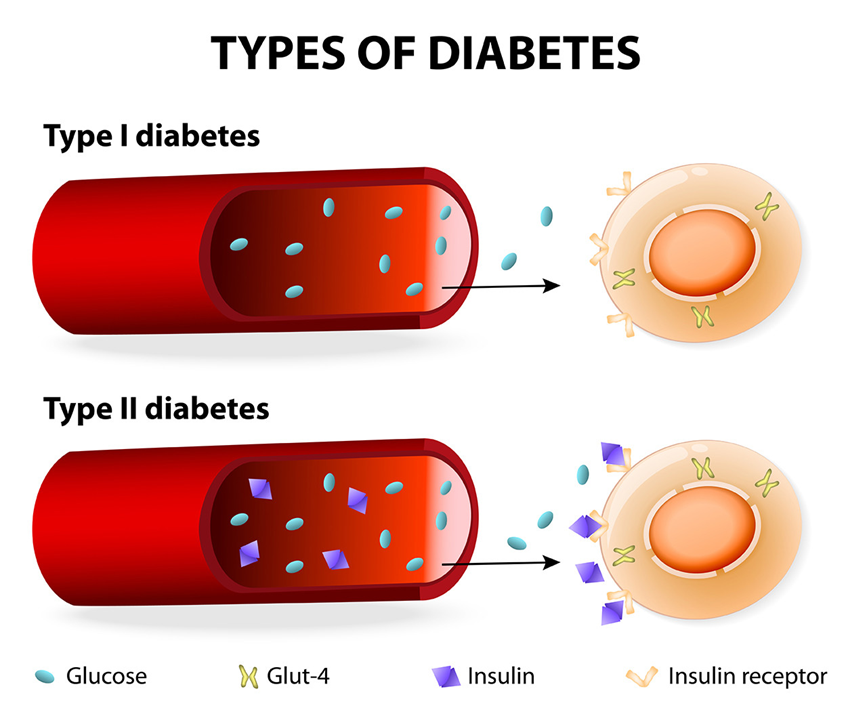A nurse is caring for a client who has an acute case of cellulitis. After implementing a treatment protocol with the client, the client reports that they have had difficulty finding a job for almost a year and they sometimes skip meals to save money. Which problem is the priority for the nurse to address in the care plan?
Health care illiteracy
Food access
Economic stability
Quality of education
The Correct Answer is B
Choice A: Health Care Illiteracy
Health care illiteracy refers to a lack of understanding about health information and services needed to make appropriate health decisions. While this is an important issue, it is not the immediate priority in this scenario. The client's report of skipping meals indicates an urgent need for addressing food insecurity, which directly impacts their health and well-being.
Choice B: Food Access
This is the correct choice. Food access is a critical issue because it directly affects the client's nutritional status and overall health. Skipping meals due to financial constraints can lead to malnutrition, weakened immune function, and delayed recovery from cellulitis. Ensuring the client has access to adequate and nutritious food is essential for their immediate health needs and recovery.
Choice C: Economic Stability
Economic stability is important for long-term health and well-being, but it is not the most immediate concern in this scenario. Addressing food access will have a more direct and immediate impact on the client's health. Once the client's nutritional needs are met, the nurse can then work on connecting the client with resources to improve their economic stability.
Choice D: Quality of Education
Quality of education is a significant factor in overall health and socioeconomic status, but it is not the immediate priority in this case. The client's immediate health needs, particularly their access to food, should be addressed first. Education can be part of a longer-term plan to improve the client's economic stability and health literacy.
Nursing Test Bank
Naxlex Comprehensive Predictor Exams
Related Questions
Correct Answer is C
Explanation
Choice A: The Workplace Procedures and Protocols Manual
Reviewing the workplace procedures and protocols manual can provide valuable context about the standard operating procedures and safety measures in place at the factory. However, this information alone does not directly address the specifics of the employee's injury claim. It is more useful for understanding the general safety environment rather than investigating a specific incident.
Choice B: The Occupational Safety and Health Act
The Occupational Safety and Health Act (OSHA) provides guidelines and regulations for workplace safety. While it is important for ensuring compliance with safety standards, it does not contain specific information about individual employee injury claims. The nurse should be familiar with OSHA regulations but needs more detailed information about the specific incident to conduct a thorough investigation.
Choice C: The Client's Medical Record or Chart
This is the correct choice. The client's medical record or chart contains detailed information about the employee's health status, medical history, and the specifics of the injury. Reviewing this information is crucial for understanding the nature and extent of the injury, any pre-existing conditions, and the treatment provided. This data is essential for accurately assessing the validity of the injury claim and determining any potential workplace-related factors.
Choice D: The Client's Attendance Record at Health and Safety Seminars
While the client's attendance record at health and safety seminars can indicate their level of training and awareness of safety protocols, it does not provide direct information about the injury itself. This record can be useful for understanding the employee's knowledge of safety practices but is not sufficient for investigating the specifics of the injury claim.
Correct Answer is C
Explanation
Choice A Reason:
The closure of the elementary school and the shift to remote learning is a significant change for the child and family. However, it does not directly impact the child's diabetes management. The nurse should be aware of this change as it may affect the child's routine and stress levels, but it is not the primary concern in managing diabetes.
Choice B Reason:
The lenient notice from the power company regarding back payment of debt is a relief for the family, but it does not directly affect the child's diabetes care. While financial stability is important, the immediate concern for the nurse is ensuring the child has access to necessary medical care and supplies.
Choice C Reason:
The family may not be able to see preferred providers due to increased health insurance costs. This is a critical issue because access to preferred healthcare providers is essential for managing the child's diabetes effectively. Consistent care from knowledgeable providers ensures proper monitoring, education, and adjustments to the child's treatment plan. Without access to these providers, the child's health could be compromised.
Choice D Reason:
Enrollment in the Supplemental Nutrition Assistance Program (SNAP) to receive extra food benefits is beneficial for the family's overall nutrition. However, it does not directly address the specific needs related to managing diabetes. While good nutrition is important, the primary concern is ensuring access to specialized medical care.

Whether you are a student looking to ace your exams or a practicing nurse seeking to enhance your expertise , our nursing education contents will empower you with the confidence and competence to make a difference in the lives of patients and become a respected leader in the healthcare field.
Visit Naxlex, invest in your future and unlock endless possibilities with our unparalleled nursing education contents today
Report Wrong Answer on the Current Question
Do you disagree with the answer? If yes, what is your expected answer? Explain.
Kindly be descriptive with the issue you are facing.
